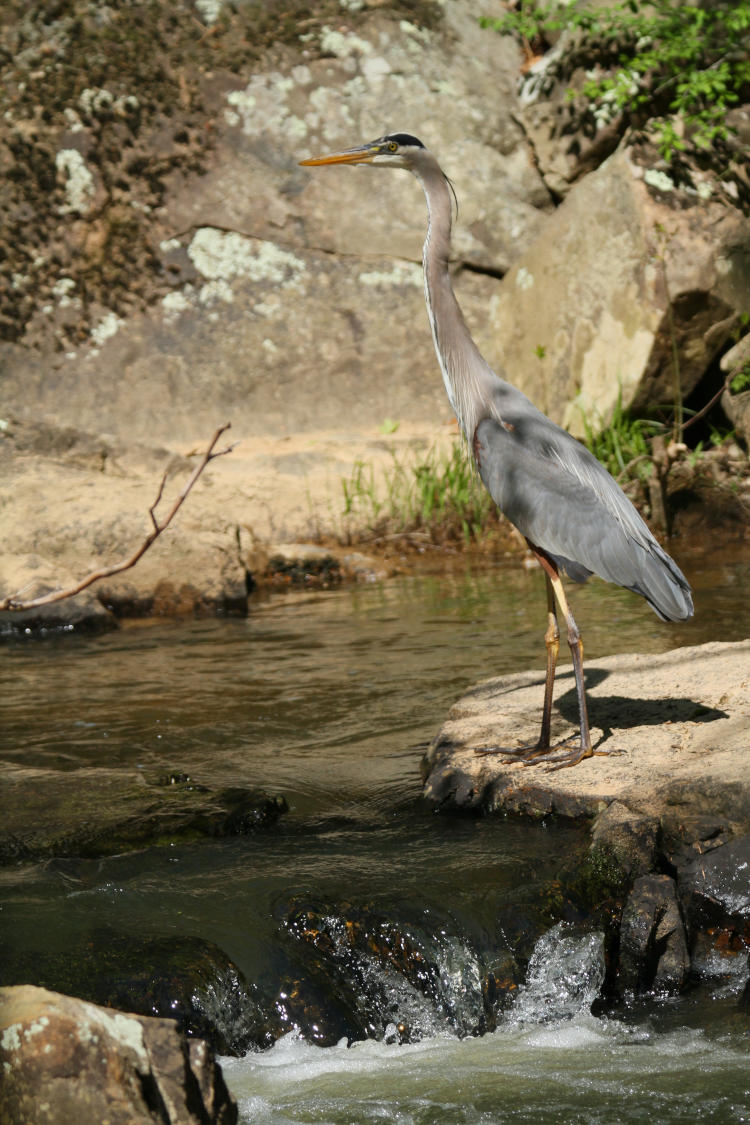We (meaning the Insuperable Mr Bugg and I) had another outing on Friday – intended to be a morning session, but the overnight and AM temperatures were less than inviting and we knew it would prevent many species from even poking a head out, so we postponed it until early afternoon. Even then, it was pretty slow going. The temperatures had gotten into a quite comfortable range, it was sunny and clear, yet the critters were few and far between. However… but I’ll let the mellifluous narrator explain it:
A small note: I was trying to avoid the ubiquitous 16:9 aspect ratio for this video and use a more versatile 4:3, which hews a lot closer to the 3:2 that the camera renders, but for unknown reasons OpenShot makes such options far too complicated and byzantine, so this is what we have until I figure out how to do it properly (or that the program cannot actually accomplish this.) 16:9 is fine for movie theaters I suppose – never saw the value in having such a wide display, myself – but why it has to be used everywhere now is beyond me.
The deep canopy of trees over the heron is responsible for the greenish cast to most of the photos – that’s the way it appeared, and I’ve never liked the vagaries of Auto White Balance.
Some of the other photos from the session. The heron of course:

Unless it pulled a switcheroo in the brief period it was out of our sight, this is the same heron that just horked down a kilo of catfish. You’d never suspect it, would you?

Another look at the greater bee fly (Bombylius major,) or what I take to be one anyway. The few photos I have aren’t close enough to pin this down for sure. Bluet blossoms (Houstonia caerulea) are only about 10mm across.

This is a crested dwarf iris (Iris cristata,) a fairly common NC wildflower but I think the only place I’ve ever seen them is Duke forest. Finding them is bright sunlight was slightly trickier, but hey, you know I’m up to the challenge.

And, after the heron sequence, we managed to find another snake – normally Duke Forest is loaded with them. This is a smallish water snake, likely a northern water snake (Nerodia sipedon sipedon) but the key features to distinguish this for sure are hidden under debris, and this was as close as we were getting without risking a dunking in a deeper section of river (not, by any means, deep, but deep enough not to risk camera equipment, you know?)
It would have been a pretty weak shooting session without the heron, so credit where it’s due. Now I simply have to decide if I’m going to start packing along at least the monopod on most of these outings…




















































